 (1).jpg)
20 April 2021 - 08:45 BY Louw
Emotional Scenes
I still get nervous when I see a big emotional scene I have to do in a script. I’m hard on myself and I want to give the best possible performance I can. It’s a lot of pressure, especially in emotional scenes.
One thing I have found helpful is not to allow the scene to burn me out. Not allowing me to stress so much during the shooting period until the day and moment of that specific scene, all the emotion is either already gone or epically blocked by nerves.
I now allow myself to stay loosey-goosey, light and open to stimuli during the lead up to that emotional scene. This helps me be much more responsive to start the morning, already getting into an emotional mood.
When it comes to the scene and how to execute these scenes to the best of your ability, there is a tool/exercise you can try, which I find extremely helpful in striving for honesty and raw performance. Like we do in our personal lives, that is to play against the emotion and not push for emotion.
Tool to try (Playing Against Emotion exercise by Tony Barr in his book “Acting For The Camera”)
Playing Against emotion: the camera can pick up more than we realize if we truly feel the emotion. In some way, the repressed emotion will surface in the slightest physical way, which the camera will pick up and deliver to the audience. The challenge is to not play against an emotion that is not there. Let’s say you play a girlfriend who is angry with her boyfriend because you fear getting angry and upset may endanger your relationship and make him leave you. But if you do not feel the anger, the audience will see a calm exterior, the cover, the mask. You play a result.
Exercise: Take a short scene in which you are called upon to play against an emotion and do it the following ways:
Take 1: Playing only calm or the result. Look at playback. See that the anger is too weak or not even present to show through the exterior calmness. Take 2: Fully playing only the underlying emotion – your anger. Notice the big difference. Take 1 lacks energy and dynamic and interest by the audience because the core emotion is weak. Take 2 will probably be too much, too much anger and emotion for what the scene requires.
Take 3: Now, with take 2’s emotion rolling, try masking those emotions, making it part of your objective/need to cover them as much as possible.
Take 3 is like a volcano waiting to erupt, it keeps the tension and the suppressed emotions create physical tension and result in an intentional rhythm. This makes the scene interesting, the more you involve your emotion, the better. If the volcano slightly erupts, as the suppressing of emotions can’t be held in and bursts a bit, this makes great dynamics within a scene but always tries to suppress it again.
I’m looking for the truth. The audience doesn’t come to see you, they come to see themselves.
Julianne Moore
How did you find the technique/tool/advice? Did it work for you? What was different this time? Share with the tribe and let’s keep on creating beautiful, honest and memorable performances. Let’s execute our best selves!
Kind regards
Edwin van der Walt
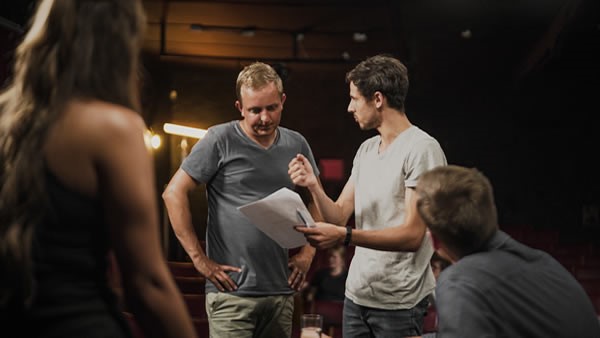
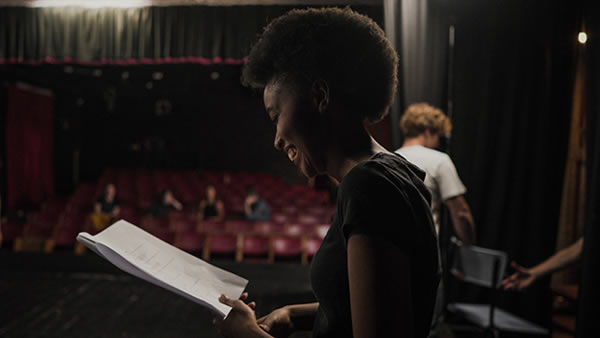

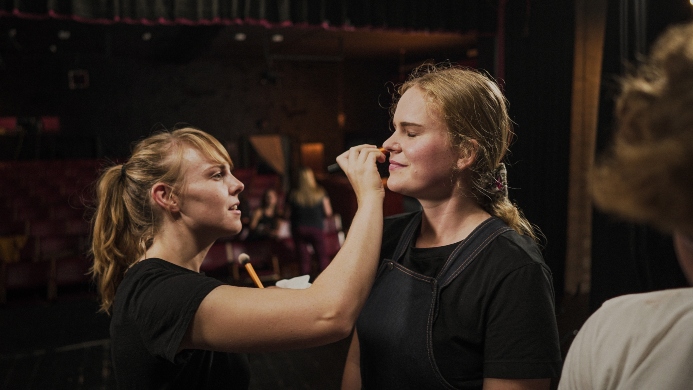
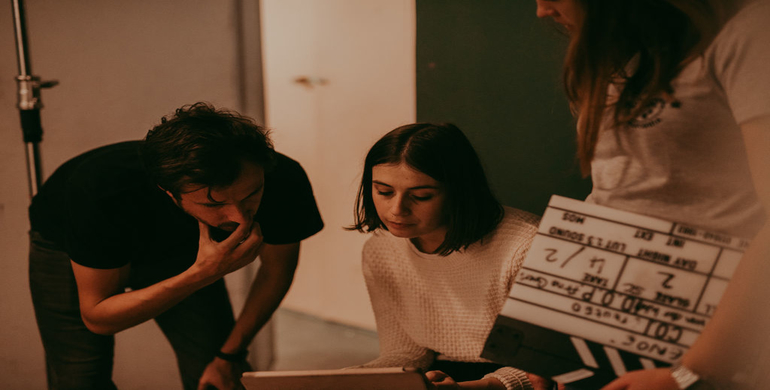

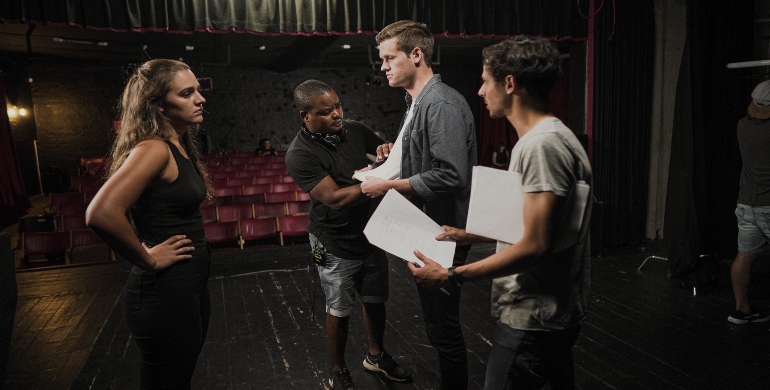
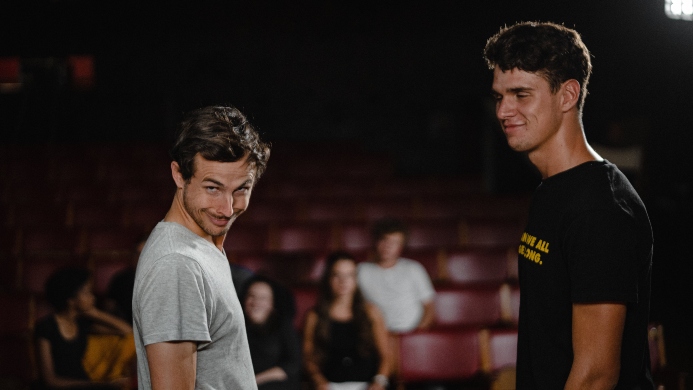
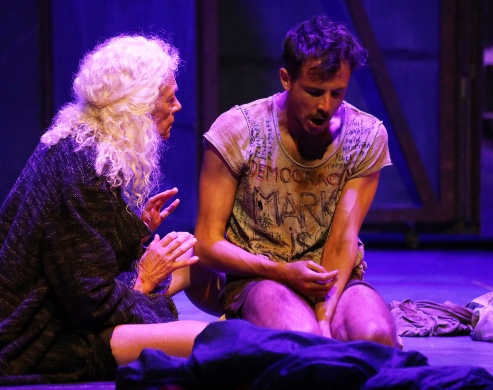

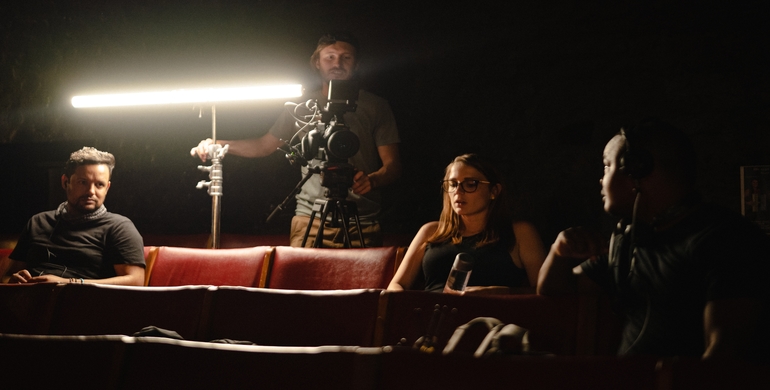
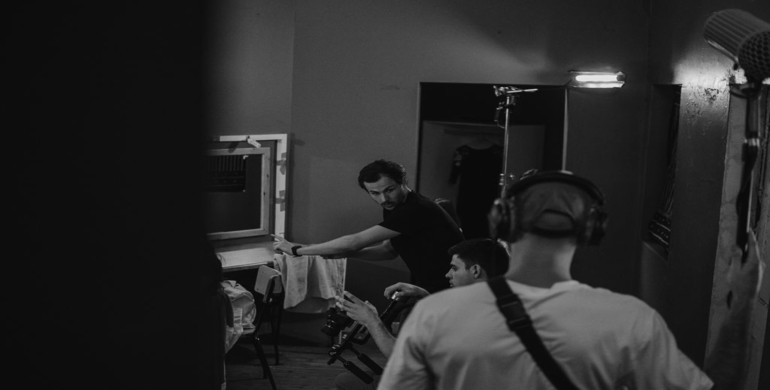
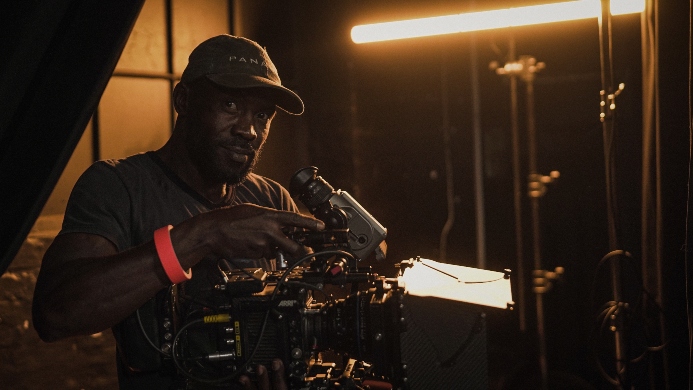
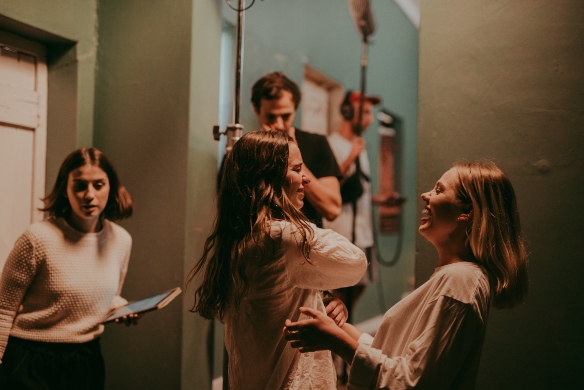
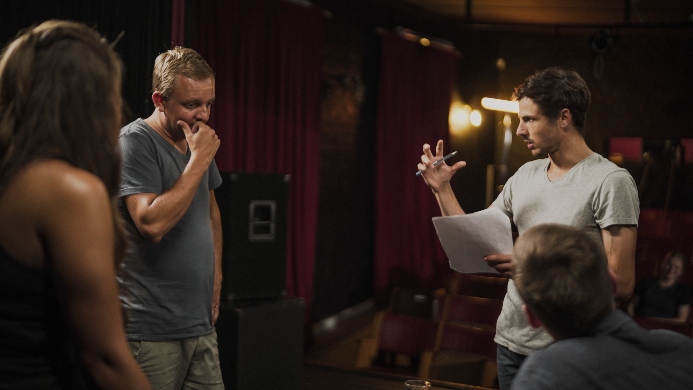
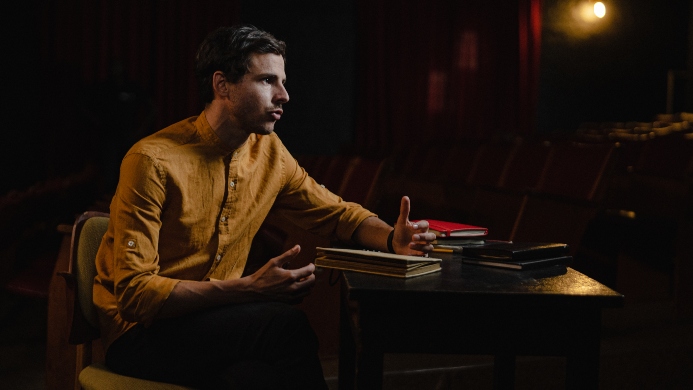
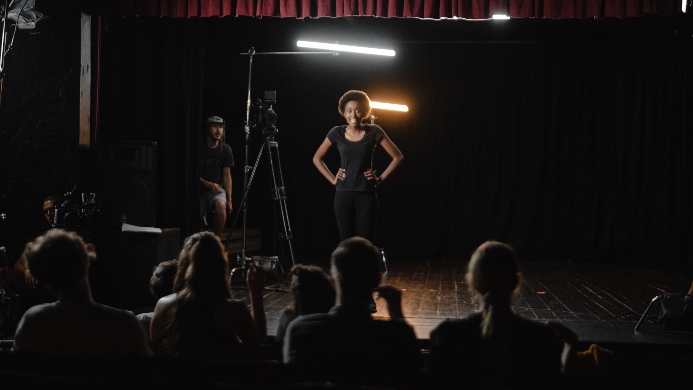
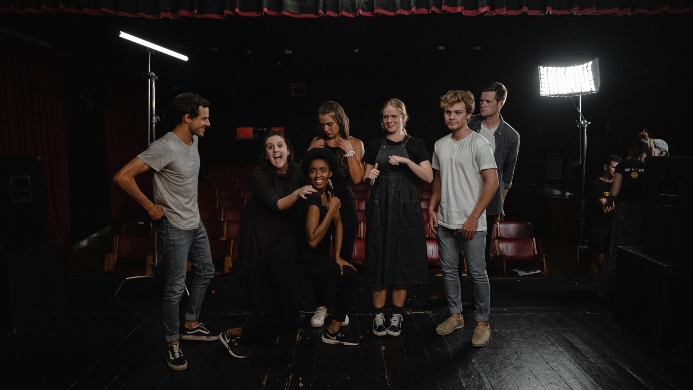
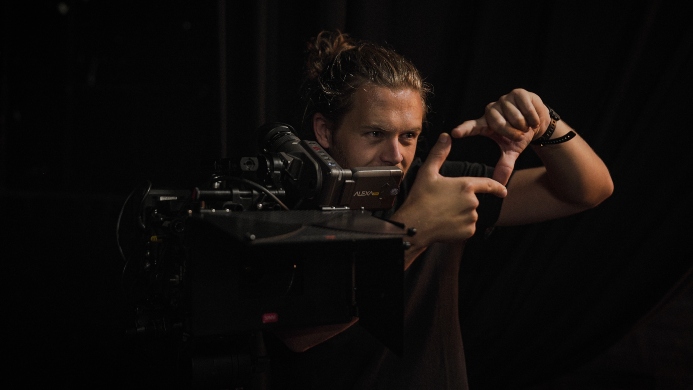
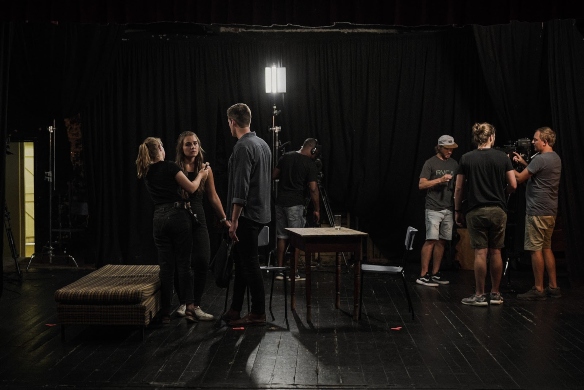
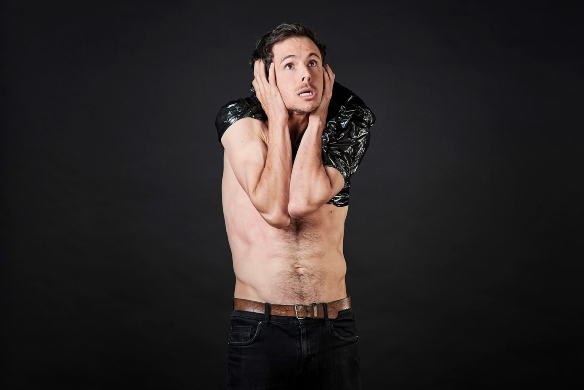
 1.jpg)
.jpg)
 (1).jpg)
 (1).jpg)
 (1).jpg)
 (1).jpg)
 (1).jpg)
 (1).jpg)
 (1).jpg)
 (1).jpg)
 (1).jpg)
 (1).jpg)
 (1).jpg)
 (1).jpg)
 (1).jpg)
 (1).jpg)
 (1).jpg)
 (1).jpg)
 (1).jpg)
 (1).jpg)
 (1).jpg)
 (2).jpg)
 (1).jpg)
.jpg)
 (2).jpg)
 (1).jpg)
 (1).jpg)
 (1).jpg)
.jpg)
 (1).jpg)
 (1).jpg)